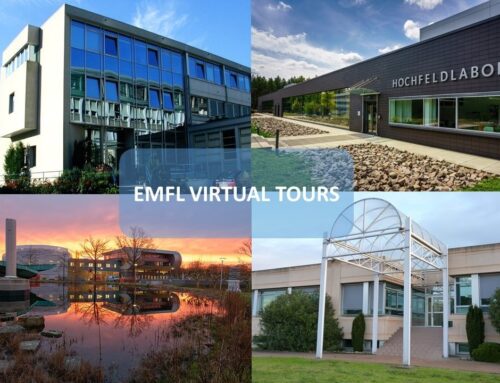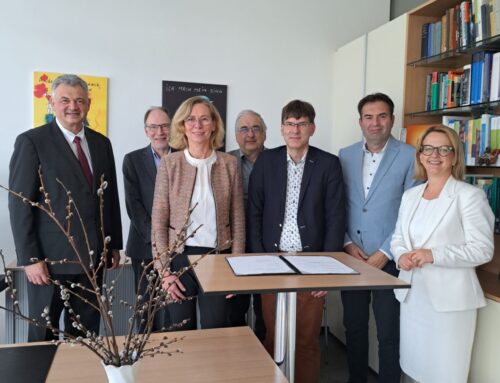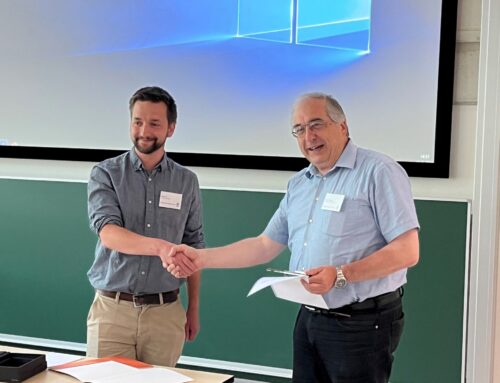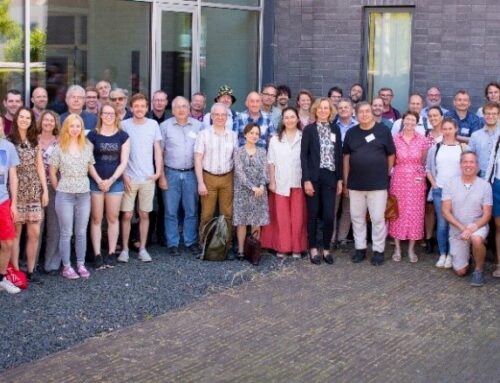Raivo Stern, NICPB Tallinn.
After the cancellation of the user meeting in 2020 due to the worldwide pandemic shutdown, the EMFL and its user community adopted to the “new reality” and gathered online for its annual user meeting for 2021. The high participation of up to 140 people showed the desire for a meeting to exchange on current developments and scientific progress. The user community recognizes this large attendance as a positive adjustment and encourages the EMFL Board of Directors (BoD) to consider hybrid meetings in the future, as well. Currently, the EMFL User Committee (UC) consists of 9 members. With the user community of EMFL steadily growing, the new UC repeats their request for a renewed, much stronger mandate to better represent the interests of the high-field users. The UC wants to stress that the first priority should be the satisfaction of the users’ needs and the aim to carry out world-class research. A key part of the UC’s work is to review prior feedbacks and how the EMFL BoD has incorporated it. A point of review this year was the availability of information for users on accessible magnets, cryogenic infrastructure, and experimental techniques. While the UC together with the attendees can see progress in this area, particularly on the new EMFL website, a number of users requested a more detailed description with available resolution and documentation. Another example of continuous and steady progress is aimed at the users themselves. Without their feedback and clear communication of needs for their experiments, the UC cannot help. With the support of the EMFL BoD, a new feedback form was developed. It has not led to the expected outcome and the EMFL BoD decided to change to an immediate questionnaire as part of the user meetings. Many of the participants partook in this experiment. However, we still emphasize our call here to all users to give feedback via the EMFL website. Further issues, which were discussed, include general data protection rules (GDPR), open data strategy, online safety trainings, and how to improve activities of dissemination. To get a better understanding of the most widely used magnets, the user community is encouraged to get in contact and name the magnet they would like to experiment with the most. The user committee will then combine this input and discuss strategies with the BoD on how to meet the needs of the community best. The UC welcomed two new initiatives at the EMFL. First, the new secondment activity allowing scientists and technicians to visit other laboratories and teams. Second, travel support for early-stage scientists from Europe and developing countries for attending the EMFL User Meeting and learning about the EMFL and experimental possibilities there. Last but not least, the UC would like to thank the EMFL laboratories and their staff for the help during the past years in carrying out experiments on a remote basis. This new operational scheme has challenged both the users as well as their local contacts on finding new ways to communicate, long extra hours in the laboratory, as local contacts had to carry out experiments themselves, and logistics to get samples to the laboratories safely.





